Pitch
What is a Pitch?
A pitch is a proposal or suggestion submitted to a client, publication, or potential collaborator, outlining an idea or concept for a project, article, product, or service. Pitches are used to persuade the recipient to accept the idea and proceed with the proposed project. In the context of freelance writing, a pitch typically involves proposing a story or article idea to an editor or publication.
Why is a Pitch Important?
A pitch is important because it is the first step in securing a project, assignment, or collaboration. A well-crafted pitch demonstrates your understanding of the recipient's needs, showcases your expertise, and highlights the value of your idea. A successful pitch can lead to new opportunities, projects, and professional relationships.
Pitches also help clarify and refine your ideas. The process of crafting a pitch requires you to think critically about your concept, its relevance, and its potential impact. This clarity and focus increase the likelihood of your idea being accepted and executed successfully.
Best Practices for Crafting and Submitting a Pitch
1. Research the Recipient
Understand the needs, preferences, and style of the recipient, whether it's a client, publication, or collaborator. Research their previous work, audience, and guidelines to tailor your pitch to their specific requirements.
2. Craft a Compelling Subject Line
Create a compelling and concise subject line that captures attention and conveys the main idea of your pitch. A strong subject line increases the likelihood of your pitch being opened and read.
3. Start with a Strong Hook
Begin your pitch with a strong hook that grabs the recipient's attention. Use an interesting fact, question, or statement to engage the reader and set the stage for your proposal.
4. Clearly Define Your Idea
Clearly and concisely outline your idea or concept. Explain what you are proposing, why it is relevant, and how it will benefit the recipient and their audience. Be specific and provide enough detail to convey the value of your idea.
5. Highlight Your Expertise
Showcase your qualifications and expertise related to the proposed idea. Include relevant experience, previous work, and any unique insights or skills that make you the right person for the project. Establishing credibility increases the chances of your pitch being accepted.
6. Provide Supporting Details
Include any supporting details or evidence that strengthen your pitch. This can include statistics, research, examples, or references. Supporting details add credibility and demonstrate the feasibility and impact of your idea.
7. Be Concise and Focused
Keep your pitch concise and focused. Avoid unnecessary details or lengthy explanations. A clear and to-the-point pitch is more likely to be read and considered.
8. Include a Call to Action
End your pitch with a clear call to action, specifying the next steps. This could be requesting a meeting, asking for feedback, or seeking approval to proceed. A call to action guides the recipient on what to do next.
9. Proofread and Edit
Thoroughly proofread and edit your pitch to ensure it is free of errors and clearly communicates your idea. Attention to detail reflects professionalism and increases the likelihood of your pitch being taken seriously.
10. Follow Up
use If you don't receive a response within a reasonable timeframe, follow up with a polite and professional message. Following up shows persistence and interest in the project, increasing the chances of receiving a response.
By following these best practices, you can craft effective pitches that capture attention, convey value, and increase the likelihood of securing projects and collaborations.
For more terms, return to the content marketing glossary and freelance writing glossary.

